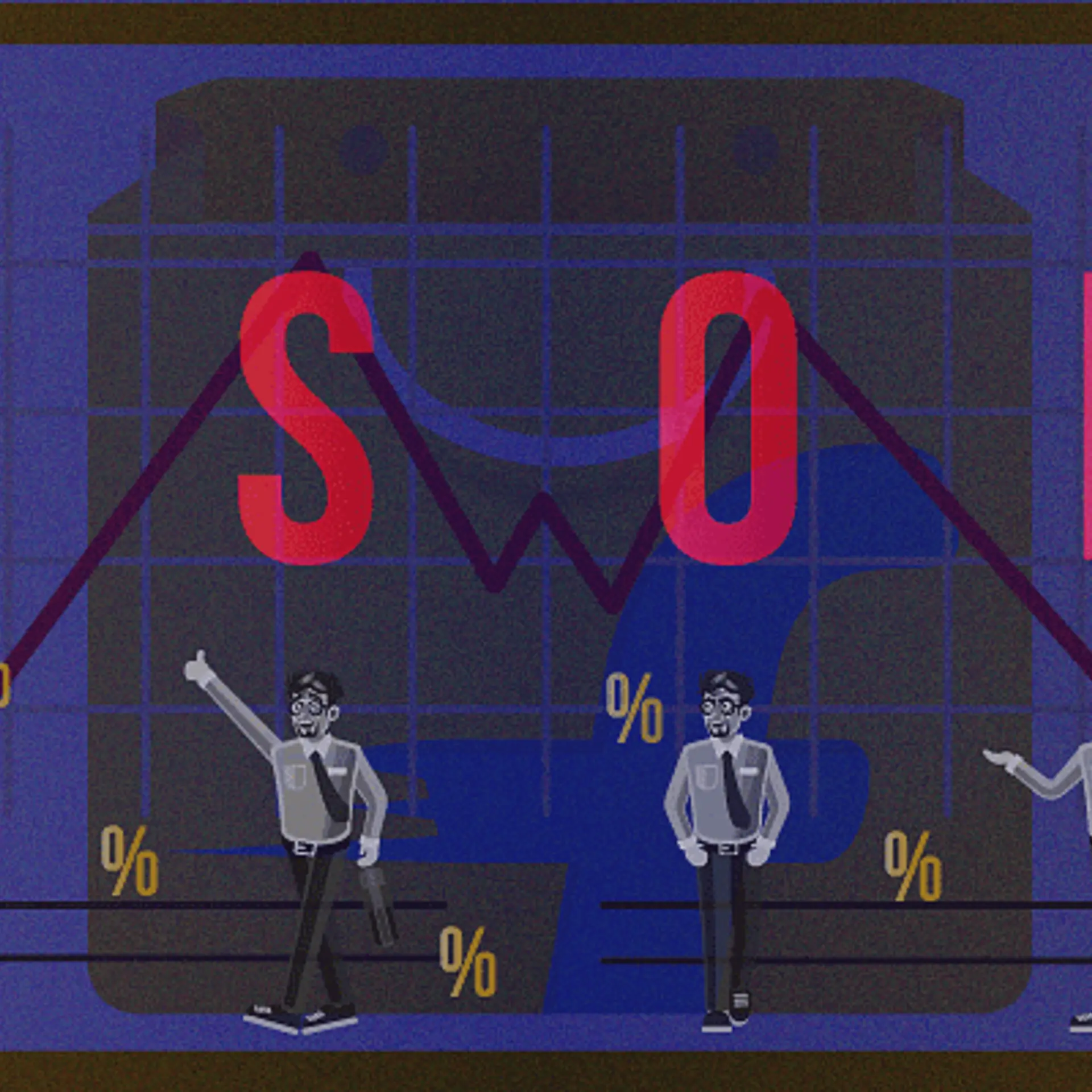How technology is changing the face of real estate industry
Gone are the days when looking for a property was a Herculean task. Today, technology has summarised the entire process in a nutshell to fit smartphones. Here’s how it is changing the face of the real estate industry at large, and the rental landscape.
Millennials love to lead lives on their terms; all their actions are aimed to enhance the quality of living which is evident from the bold choices they make in all aspects of life. Whether it is regarding a challenging job in a relatively far-flung foreign land, or opting for an eco-friendly mode of travel, their preferences are not only futuristic but also gives a boost to innovation across many sectors. One such sector is real estate.

The changing consumer preferences
The constantly-on-move generation has disrupted the real estate market. According to a study released by FICCI in 2019, 40 percent of the millennial workforce are migrants who have limited budgets, but rate flexibility and convenience are their top-most priorities.
This demonstrates their increased inclination towards comfort-quotients — which are mostly governed by tech-driven provisions. The always-on-the-move professionals may rather opt for a rented apartment, or houses replete with facilities, than investing in properties that do not address their requirements. And, the current pandemic-induced sluggish economic climate, is gently pushing the envelope further.
Technology — a huge add-on
The rental market is expected to see an upswing, owing to the present macro conditions. Moreover, creating a favourable environment for the rental ecosystem is the technology — making the entire process easier and accessible for potential consumers.
Gone are the days when looking for a property was a Herculean task, and required toiling hard in the scorching heat of summer. Technology has summarised the entire process in a nutshell to fit smartphones. It is impacting all the stages of a rental lifecycle — starting from discovery and search to transaction and move-ins, to living in the house.
Here’s how it is changing the face of the real estate industry at large, and the rental landscape.
Search and discovery
By leveraging technology, more houses are being listed online. This is not only allowing homeowners or real estate companies to encash their assets, but also presenting multiple options for potential tenants to choose from.
Customers can access thousands of properties listed online or apply filters on AI-based apps to match their preferences. One can shortlist the property of their fancy based on its location, proximity to a certain landmark, price, and various other factors.
Physical walk-ins have replaced with virtual walkthroughs of designer interiors or landscaped gardens. State-of-the-art AR/ VR tools also allow consumers to take a virtual tour of the topographical aspects of the property to make informed decisions.
Transactions
From registration to payments — everything is moving online aided by technology, making the consumer experience seamless. Token payments, registration agreements, deposit payments, or move in documents — all paperwork and financial hassles can be managed at fingertips now.
Blockchain is being extensively used to streamline transactions and cut the intermediaries out of the process, thereby reducing the cost apart from ensuring secure transactions.
Living
Tenure – the longest phase in the rental ecosystem – was completely ignored in the existing solutions. Today, buyers look for houses with complete lifestyle management solutions. With technology, positive interventions and engagements can happen throughout the tenure of the tenant staying in the rented house.
Home automation using AI and IoT is allowing residents to regulate their home electricals and appliances with a click of a button, along with ensuring safety, which is poised to change the lifestyle of the customers.
Maintenance
AI-based solutions help in property management; they observe and envisage when systems of critical maintenance are ready for replacement. This benefits tenants and the homeowners mutually as value addition. Technology can also prove valuable to keep a tab on rental trends in specific zones and alter the tenant rents automatically when leases terminate.
The renting ecosystem is on the verge of a complete overhaul with the help of technology and consumer needs. Smart and secured entries, information about the visitors, concierge services at a click of a button, running quick daily errands behest of the consumer request — are some of the many ways how technology is slowly seeping into the lifestyle of the consumer to revolutionise real estate, especially the rental space.
Going by the same pace, it will coerce industry behemoths to look beyond the plain vanilla offerings, and redefine the ‘real’ in real estate.
Edited by Suman Singh
(Disclaimer: The views and opinions expressed in this article are those of the author and do not necessarily reflect the views of YourStory.)








